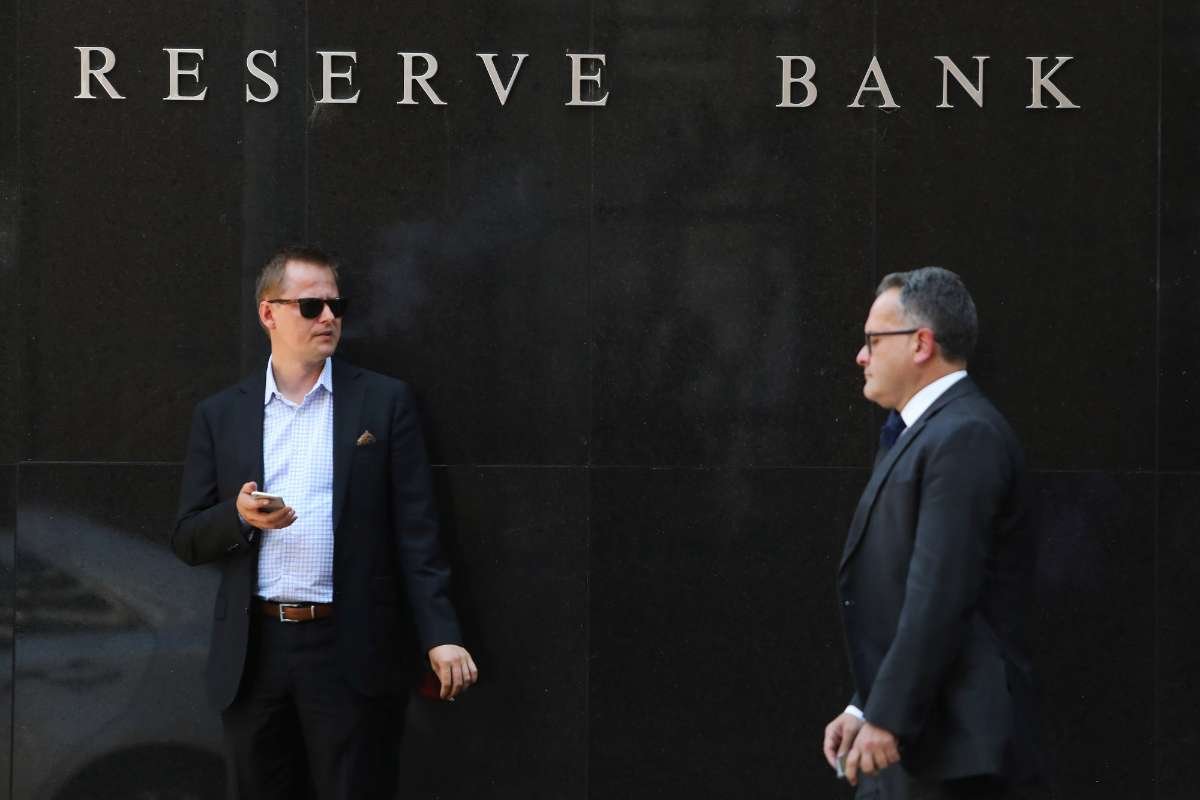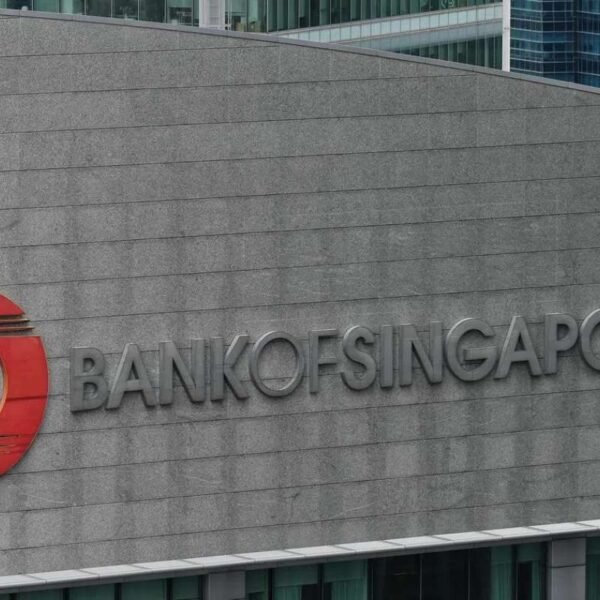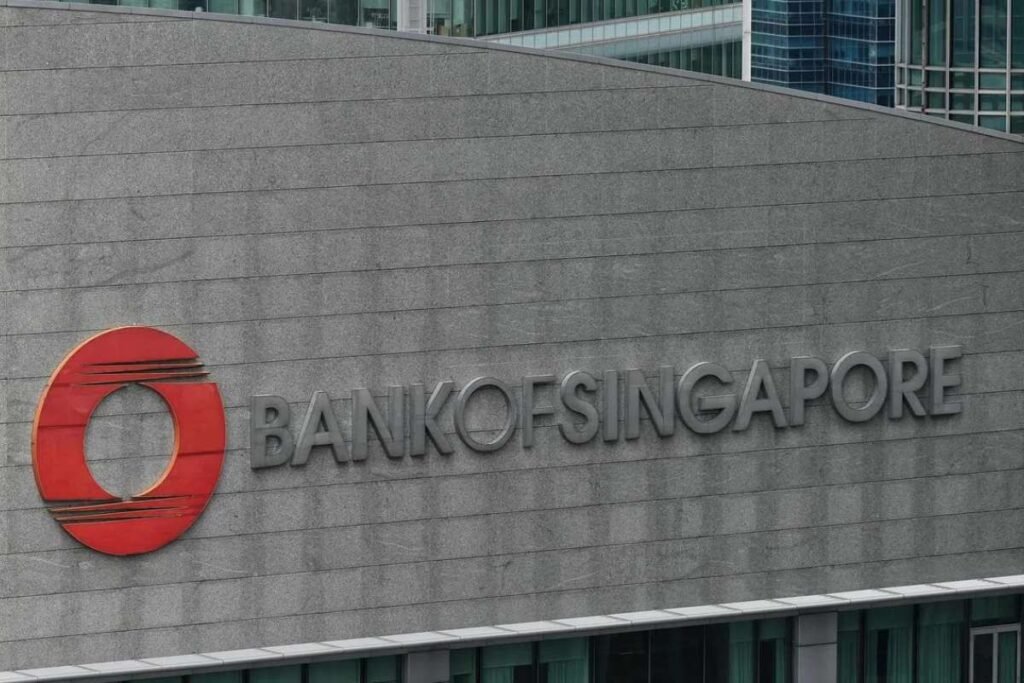RBA Implements First Rate Cut in Four Years
In a significant move, the Reserve Bank of Australia (RBA) reduced its benchmark interest rate by 25 basis points to 4.1% on Tuesday, marking the first rate cut since November 2020. The decision provides relief to borrowers and adds a positive note for Prime Minister Anthony Albanese as he faces an upcoming election no later than May 17. Analysts speculate that the prime minister may leverage the economic development to call for an early election.
The rate reduction follows lower-than-expected core inflation figures for the fourth quarter, which stood at 3.2%. However, despite the policy shift, the RBA remained cautious about the possibility of additional cuts. Market indicators suggest a low probability of another reduction in April, though a May adjustment remains a strong possibility.
Cautious Approach Despite Inflation Progress
While acknowledging progress in curbing inflation, the RBA emphasized its prudent stance, warning against premature easing of monetary policy. “The Board remains cautious on prospects for further policy easing,” the central bank stated, highlighting ongoing risks tied to the strong labor market. The RBA maintained that monetary policy remains restrictive even after the rate adjustment.
Governor Michele Bullock reinforced the central bank’s stance, countering market expectations of multiple rate cuts this year. She asserted that more data is needed to confirm inflation’s downward trend before committing to further policy changes. Additionally, concerns persist over potential inflationary pressures, particularly given the robust job market, where the unemployment rate stood at 4.0% in December.
The Australian dollar dipped slightly following the announcement, while three-year bond futures also saw minor declines. Meanwhile, the country’s leading banks aligned with the central bank’s move by lowering their interest rates by 25 basis points.
Economic Implications and Future Projections
Despite Australia trailing other major economies in monetary easing, the Reserve Bank of Australia’s decision reflects its attempt to balance economic stability with inflation control. Neighboring New Zealand is anticipated to implement a larger 50-basis point cut soon, while the U.S. Federal Reserve appears to be pausing its easing cycle.
Australia’s inflation rate for the last quarter stood at 2.4%, within the RBA’s target range of 2-3%. The trimmed mean inflation measure also slowed to 3.2% and is projected to decline to 2.7% by mid-2027. Gareth Aird, Head of Australian Economics at Commonwealth Bank, described the move as a slight easing of economic constraints rather than aggressive stimulus.
The rate cut is expected to provide relief in the housing sector, where affordability remains a concern despite recent price declines. Treasurer Jim Chalmers welcomed the move, calling it a “positive step” for economic stability while acknowledging further efforts are necessary. Experts anticipate only two more cuts in the current easing cycle, with the Reserve Bank of Australia monitoring household spending and broader economic trends before making further decisions.










